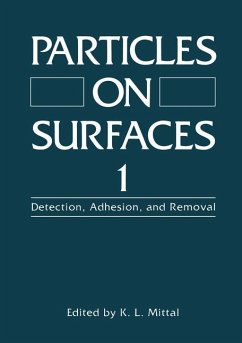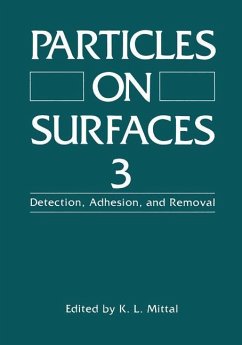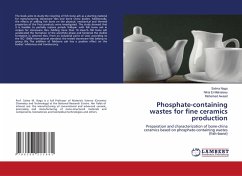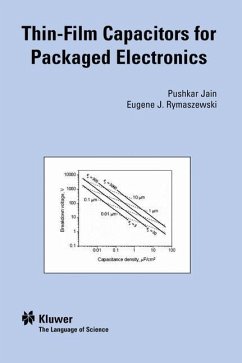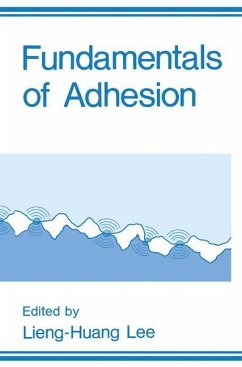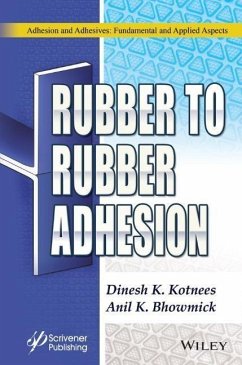
On the Adhesion between Fine Particles and Nanocontacts
An Atomice Force Microscope Study
Versandkostenfrei!
Versandfertig in 6-10 Tagen
39,99 €
inkl. MwSt.

PAYBACK Punkte
20 °P sammeln!
For adhesion forces measured between identicalcontacts, two kinds of variations were observed: afast, random noise and slower fluctuations. Randomnoise is due to thermal vibrations and noise in thedetection system. No intrinsic statistical process isrequired to explain it. The slower fluctuations areprobably caused by plastic deformation and structuralchanges in the material at the nanocontact. Onhomogeneous, smooth surfaces, the distribution ofadhesion forces measured with nanocontacts can be asnarrow as 1.1%. Adhesion force versus humidity curvesmeasured between hydrophilic surfaces can bein...
For adhesion forces measured between identical
contacts, two kinds of variations were observed: a
fast, random noise and slower fluctuations. Random
noise is due to thermal vibrations and noise in the
detection system. No intrinsic statistical process is
required to explain it. The slower fluctuations are
probably caused by plastic deformation and structural
changes in the material at the nanocontact. On
homogeneous, smooth surfaces, the distribution of
adhesion forces measured with nanocontacts can be as
narrow as 1.1%. Adhesion force versus humidity curves
measured between hydrophilic surfaces can be
interpreted by assuming capillary condensation of
water into the contact region, which causes a
meniscus force. All types of dependencies observed
can be explained by appropriate and realistic tip
shapes. As a possible simple model, we introduce the
two-sphere model with surface roughness. The often
observed changes in these dependencies when repeating
experiments are interpreted as changes in tip
geometry in the 1-10 nm length scale caused by tip wear.
contacts, two kinds of variations were observed: a
fast, random noise and slower fluctuations. Random
noise is due to thermal vibrations and noise in the
detection system. No intrinsic statistical process is
required to explain it. The slower fluctuations are
probably caused by plastic deformation and structural
changes in the material at the nanocontact. On
homogeneous, smooth surfaces, the distribution of
adhesion forces measured with nanocontacts can be as
narrow as 1.1%. Adhesion force versus humidity curves
measured between hydrophilic surfaces can be
interpreted by assuming capillary condensation of
water into the contact region, which causes a
meniscus force. All types of dependencies observed
can be explained by appropriate and realistic tip
shapes. As a possible simple model, we introduce the
two-sphere model with surface roughness. The often
observed changes in these dependencies when repeating
experiments are interpreted as changes in tip
geometry in the 1-10 nm length scale caused by tip wear.





